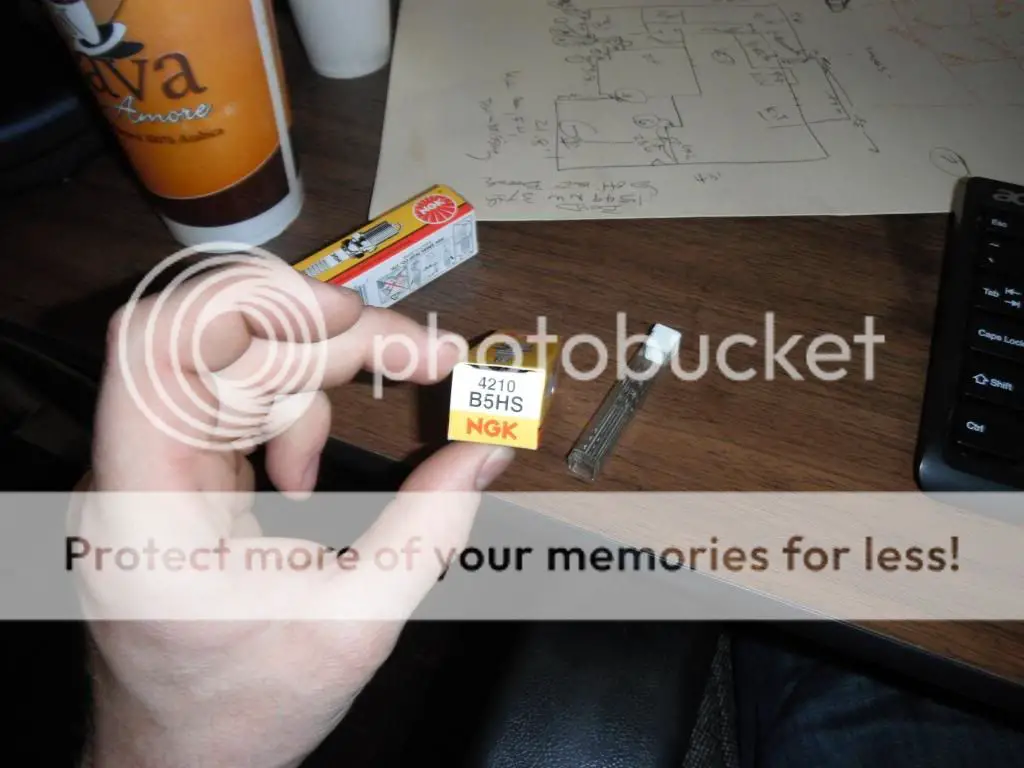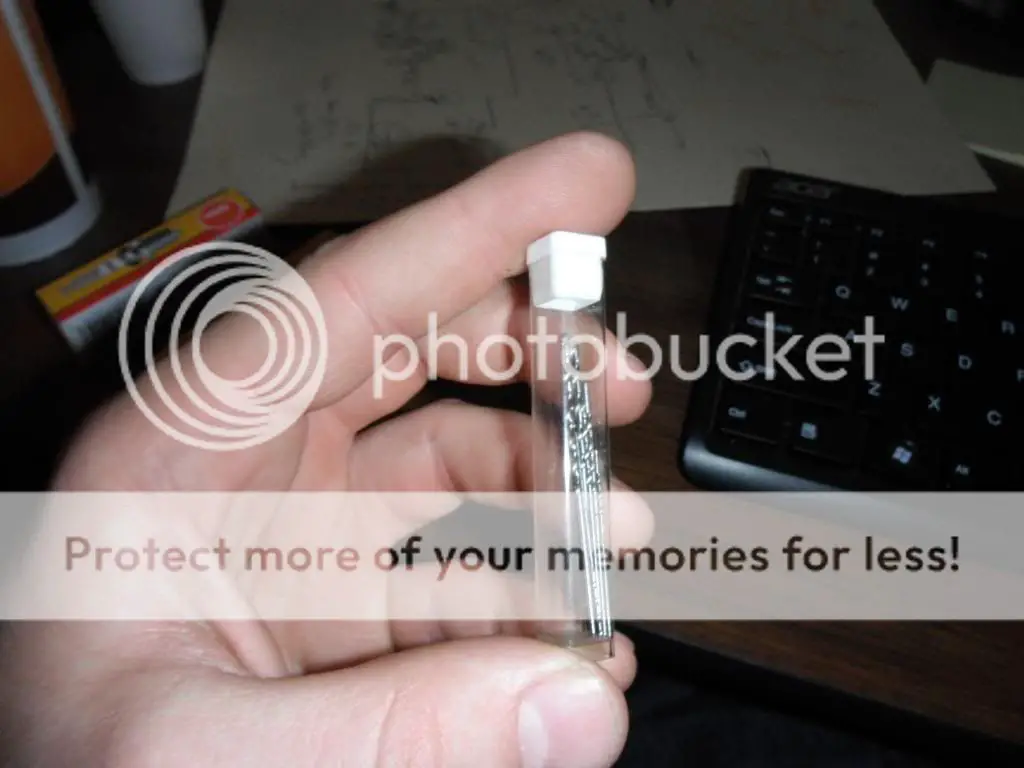So we have our gasbikes running pretty well after tweaking on them and adding things like expansion chambers, tuning the carbs etc etc...
It seems like on some days, our bikes run very well, they just haul and seem like the powerband never ends.. Then on other days, it seems like they randomly bog at WOT.....
Now here's my question. We're thinking about investing in some better carbs than what came in the kits..... I know the needle clip adjustment only controls the mixture up to about 3/4 throttle and the jet is what is at play during WOT......
One of the next things I'm going to try is soldering shut the jet and redrilling to a smaller hole because it seems like all of our motors run way rich, and they are all set on the top groove on the needle (the leanest setting)..
My smallest drill bit is about .040" and I have some .020" drill bits on order that should be here in a few days so I'm going to try that and see what gives there...... Also going to check my filters and go through the carb and make sure there is no trash or anything in there..
NONETHELESS, We still want to buy some better carburetors, so which one should we be looking at here???? And in Norm's thread on carb rebuilding/tuning he mentions soldering shut and redrilling the jet smaller than either .025" or .026" depending on which jet you have.... But he doesn't mention how much smaller....... Anyideas here? Norm? Anybody???
Thanks in advance.
It seems like on some days, our bikes run very well, they just haul and seem like the powerband never ends.. Then on other days, it seems like they randomly bog at WOT.....
Now here's my question. We're thinking about investing in some better carbs than what came in the kits..... I know the needle clip adjustment only controls the mixture up to about 3/4 throttle and the jet is what is at play during WOT......
One of the next things I'm going to try is soldering shut the jet and redrilling to a smaller hole because it seems like all of our motors run way rich, and they are all set on the top groove on the needle (the leanest setting)..
My smallest drill bit is about .040" and I have some .020" drill bits on order that should be here in a few days so I'm going to try that and see what gives there...... Also going to check my filters and go through the carb and make sure there is no trash or anything in there..
NONETHELESS, We still want to buy some better carburetors, so which one should we be looking at here???? And in Norm's thread on carb rebuilding/tuning he mentions soldering shut and redrilling the jet smaller than either .025" or .026" depending on which jet you have.... But he doesn't mention how much smaller....... Anyideas here? Norm? Anybody???
Thanks in advance.







